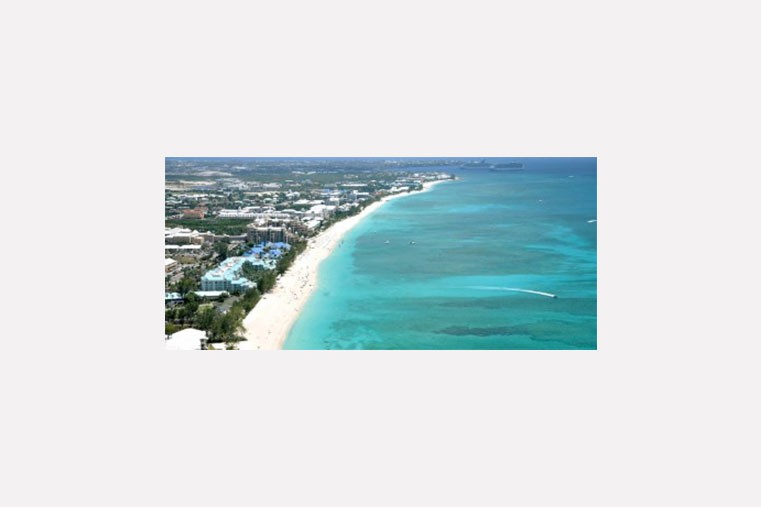Scientific Evidence Refutes CCMI claims regarding impact to SMB
- Job Market
- Upload Ad Requests
- Rates
- Home
- Video
- About Us
- Contact Us
- Business Showcase
- Archives
- Blogs
- Upload Advertisements
- Video News Release
- Front Pages
- Community Notices
- Law Enforcement
- Government
- Community Voice
- Health Care
- International
- Sports
- Politics
- Community
- Entertainment
- Advertorial 2
- Non-Profit Organisation(NPO)
- Adopt a Pet
- Tourism
- CIIPO
- Taste of Class
- Opinions & Editorial
- Environment
- Outstanding Employee
- Outstanding Performance
- Celebration
- Gardening
- Beneficial Ownership
- Tips and tricks
- Cover Stories
- Cost of Living
- Development
- Employment
- Education
- Arts and Culture
- Business
- Global News Briefs
- Hurricane Watch
- Breaking News
- Regional
- Public Notices
- Local News
- Lifestyle
- Finance
- Economic
- Election Center
- COVID - 19
- UK Territories
- Advertorial
- History
- Inspiration
- The Panel
- The Interview
- Cayman Conversation
- Community Notices
- Law Enforcement
- Government
- Health Care
- Sports
- Election Center
- Cayman Conversation
- More
- Front Pages
- Community Notices
- Law Enforcement
- Government
- Community Voice
- Health Care
- International
- Sports
- Politics
- Community
- Entertainment
- Advertorial 2
- Non-Profit Organisation(NPO)
- Adopt a Pet
- Tourism
- CIIPO
- Taste of Class
- Opinions & Editorial
- Environment
- Outstanding Employee
- Outstanding Performance
- Celebration
- Gardening
- Beneficial Ownership
- Tips and tricks
- Cover Stories
- Cost of Living
- Development
- Employment
- Education
- Arts and Culture
- Business
- Global News Briefs
- Hurricane Watch
- Breaking News
- Regional
- Public Notices
- Local News
- Lifestyle
- Finance
- Economic
- Election Center
- COVID - 19
- UK Territories
- Advertorial
- History
- Inspiration
- The Panel
- The Interview
- Cayman Conversation
Subscribe
Scientific Evidence Refutes CCMI claims regarding impact to SMB
Scientific Evidence Refutes CCMI claims regarding impact to SMB

The assertions made by CCMI in its press release dated 12th September 2019, which urges stakeholders to take stock of the potential impacts of Cayman’s new cruise berthing and cargo facilities project are at odds with all the available scientific evidence.
The Cayman Islands Government has produced a detailed technical paper in response to the CCMI news release. Drawing on the actual scientific evidence, the paper refutes completely the assertions made by CCMI. The technical paper can be accessed by link http://www.gov.ky/portal/page/portal/otphome/publications/report-scientific-evidence-refutes-ccmi-claims-regarding-impact-to-smb.
The paper dismisses the claim made by CCMI that “what is proposed will undoubtedly affect Cayman’s most famous beach.” Instead the paper reiterates the analysis carried out by Baird & Associates as part of the Environmental Impact Assessment of the proposed cruise berthing facility. Baird’s findings are clear:
“7MB appears to be supplied by sand coming round the northwest corner of the Island, with the sand being sourced from the nearshore/fringing reefs along this shoreline.”
And the Environmental Statement produced by Baird went on to conclude that:
“There is no apparent sediment transport linkage between GTH and 7MB; therefore, the proposed project is not expected to have any impact on 7MB. Fluctuations in the beach width will continue but the proposed project will not cause any changes in the erosion or deposition patterns along 7MB.”
These results confirm a previous study by R Seymour in 2000 for DoE and the Beach Erosion Committee and the results were fully accepted by the Environmental Assessment Board in their review of Baird’s report:
“The EAB is satisfied that the results of the sediment transport modelling confirm/verify previously understood mechanisms for sediment transport regimes between George Town Harbour and Seven Mile Beach (SMB).”
CCMI go on to point to 80% mortality rates within two years for relocated coral and it is understood that this reflects the Institute’s experience working in the field.
The technical paper looks at all the available international experience and quotes a global study which included 91 direct coral transportation projects. The research found that “overall, direct transportation studies reported an average survival of 64%, with 20% reporting >90% survival of transported corals.”
The technical paper goes on to look in more detail at the successful results of projects similar to the George Town Harbour project elsewhere in the world.
Significantly, it also looks at experience in Grand Cayman when shipping incidents dislodged and fractured large sections of the limestone reef and damaged thousands of corals at West Bay and Eden Rock, Grand Cayman. The proposed Verdant Isle Coral Relocation Partner restored both of these sites in 2016 and 2017. Coral fragments broken and disturbed by vessel anchors and ship hulls should arguably have lower survival than those removed more carefully, yet monitoring studies have reported 89% survival of tagged specimens in the West Bay site two years following the restoration compared to 93% of unaffected coral colonies.
Coral colonies that survive for a year or more in good condition following reattachment are likely to mimic natural survival patterns of unaffected corals in future years. The same coral species in the same vicinity relocated by the same teams may provide the best evidence of likelihood of success for this project.
Premier Alden McLaughlin, commenting on the release of the technical paper said, “As we move towards a referendum on Cayman’s port project, it is vitally important that the information put to the public reflects detailed scientific evidence rather than unfounded claims. The fact is that Seven Mile Beach will not be impacted by the project. At the same time, we will be working towards no net loss of biodiversity in line with the objectives of the National Biodiversity Action Plan.”
He went on, “I am unclear as to why CCMI, itself a respected scientific institution, has released misleading information in the way that it has. We have shared our technical report with CCMI and we have invited them to talk with us about their concerns.”
Popular News
Mexico beat Cayman 20-10 in ‘Big Match X’ Rugby
05 Jun, 2024
CIOC announces team for Paris 2024
11 Jul, 2024
















Comments (0)
We appreciate your feedback. You can comment here with your pseudonym or real name. You can leave a comment with or without entering an email address. All comments will be reviewed before they are published.